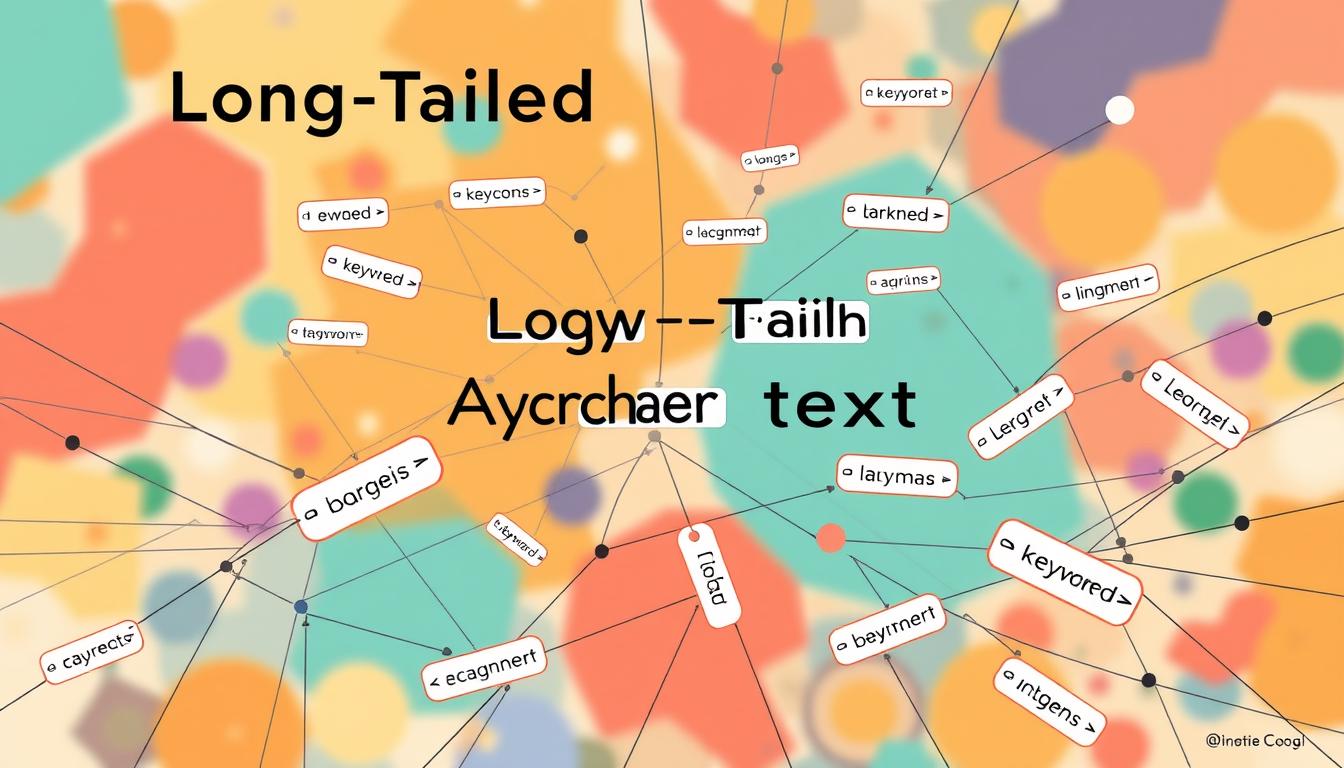Building a strong online presence needs a mix of strategies. Using long-tail keyword anchor text is key. It boosts SEO and helps manage your digital reputation. At Reputation Return, we help our clients use this technique to get the best results.
Long-tail keywords are now more crucial in SEO. A study by Ahrefs shows that 95% of U.S. search queries get less than 10 searches a month. This makes targeting specific phrases very important. Using long-tail keyword anchor text in your link building can give search engines more context. This can make your content more relevant and increase click-through rates.
Reputation Return knows how to use long-tail anchor text for more than just SEO. It’s also great for managing your online reputation. By using descriptive, targeted anchor text, you can show your brand as an expert in your field. This meets the specific needs and questions of your audience.
The role of varied long-tail keywords in SEO strategies is growing. Reputation Return is dedicated to guiding our clients through these changes. We make sure their online presence stays strong, relevant, and ready for any digital challenges.
Understanding Long-tail Keyword Anchor Text Fundamentals
In the world of search engine optimization (SEO), long-tail keyword anchor text is key. These specific search terms make up about 40% of all searches. Using them well can boost your site’s relevance and reputation online.
Types of Anchor Text in Modern SEO
Anchor text has changed over time. It’s the text you click on to link to another page. There are several types:
- Branded – Uses the brand or company name
- Exact match – Matches the target keyword exactly
- Partial match – Matches part of the target keyword
- Naked URLs – Just the URL of the page
- Generic – Uses generic terms like “click here”
The Evolution of Anchor Text Best Practices
Anchor text best practices have changed a lot. Old methods included stuffing keywords into anchor text. But now, search engines like Google value natural language over exact keywords.
Natural vs. Artificial Anchor Text Patterns
Today, we see a big difference between natural and artificial anchor text. Natural text looks like how people speak, varying in length and style. Artificial text seems repetitive or too focused on keywords. Search engines now look at the context and relevance of anchor text more than exact matches.

Understanding long-tail keyword anchor text helps in creating better SEO strategies. It makes your site more relevant and improves your online reputation. Using these insights can make a big difference in your site’s performance.
The Impact of Search Intent on Long-tail Anchor Text Strategy
The digital world is changing fast. Now, it’s key to match long-tail anchor text with what users are looking for. Long-tail keywords are specific phrases with three or more words. They show what users really want and help improve online reputation.
Conversational search is on the rise, thanks to voice assistants and AI. Long-tail queries are getting more common. By using long-tail anchor text for these specific searches, businesses can get noticed more. This helps them reach the right audience and boost their brand’s image.
- Understand the search intent behind long-tail keywords: Look at user search patterns and where they are in their buying journey. This helps figure out what they really want, like information, navigation, or to buy something.
- Align anchor text with search intent: Make long-tail anchor text match what users are looking for. This way, your content meets their needs and preferences.
- Leverage long-tail keyword anchors for niche SEO: Use long-tail keyword anchors to get noticed in less competitive searches. This helps your brand stand out in specific areas.
- Monitor and adapt your anchor text strategy: Keep an eye on how well your long-tail anchor text is working. Change your strategy as user search patterns and needs change.
By smartly using long-tail keyword anchors for niche SEO and effective use of long-tail anchor text for positive ORM, businesses can improve their online image. They can stay strong in the digital world.

How Long-tail Keyword Anchor Text Influences Rankings
In today’s SEO world, using long-tail keyword anchor text is key. Google looks at the anchor text closely. It helps Google understand the content and purpose of the linked page.
Context and Relevancy Factors
The link’s text and the content around it matter a lot. Google checks if the anchor text fits well with the page it links to. It also looks at how well it matches the content around it.
Anchor text that clearly tells what the page is about is good. It should also help users find what they need.
Anchor Text Length Considerations
There’s no strict rule on how long anchor text should be. But, using natural, descriptive phrases is best. Phrases with three or more words are better because they show what the user wants.
Distribution and Diversity Requirements
Having a diverse anchor text profile is crucial. Using the same keywords too much can look unnatural. This might hurt your rankings.
Using different types of anchor text helps. This includes branded, related, and generic links. It makes your link profile look natural and healthy.
Understanding long-tail keyword anchor text is important. It helps improve your website’s visibility and protects your online reputation. Using these strategies in your SEO plan can attract more relevant traffic. It can also boost your digital marketing success.
Building a Natural Anchor Text Profile for Reputation Management
Creating a natural anchor text profile is key for managing your reputation online. It’s about mixing branded, long-tail, and generic anchor texts. This mix makes your link profile look diverse and real. Using long-tail keywords in your backlinks can really help your SEO. It targets specific phrases, helping you rank for more terms related to your brand.
Reputation Return says it’s important to balance your anchor text types. This creates a strong, natural-looking link profile. It supports both SEO and reputation goals. Search engines watch anchor text patterns to catch and punish fake practices. Following best practices helps your business build a strong online image and shape public opinion through search results.
Tools like Google’s Keyword Planner, SEMrush, and Ahrefs help find trending long-tail keywords. Adding these to your anchor text can boost your visibility for specific searches. This improves your reputation management efforts.

